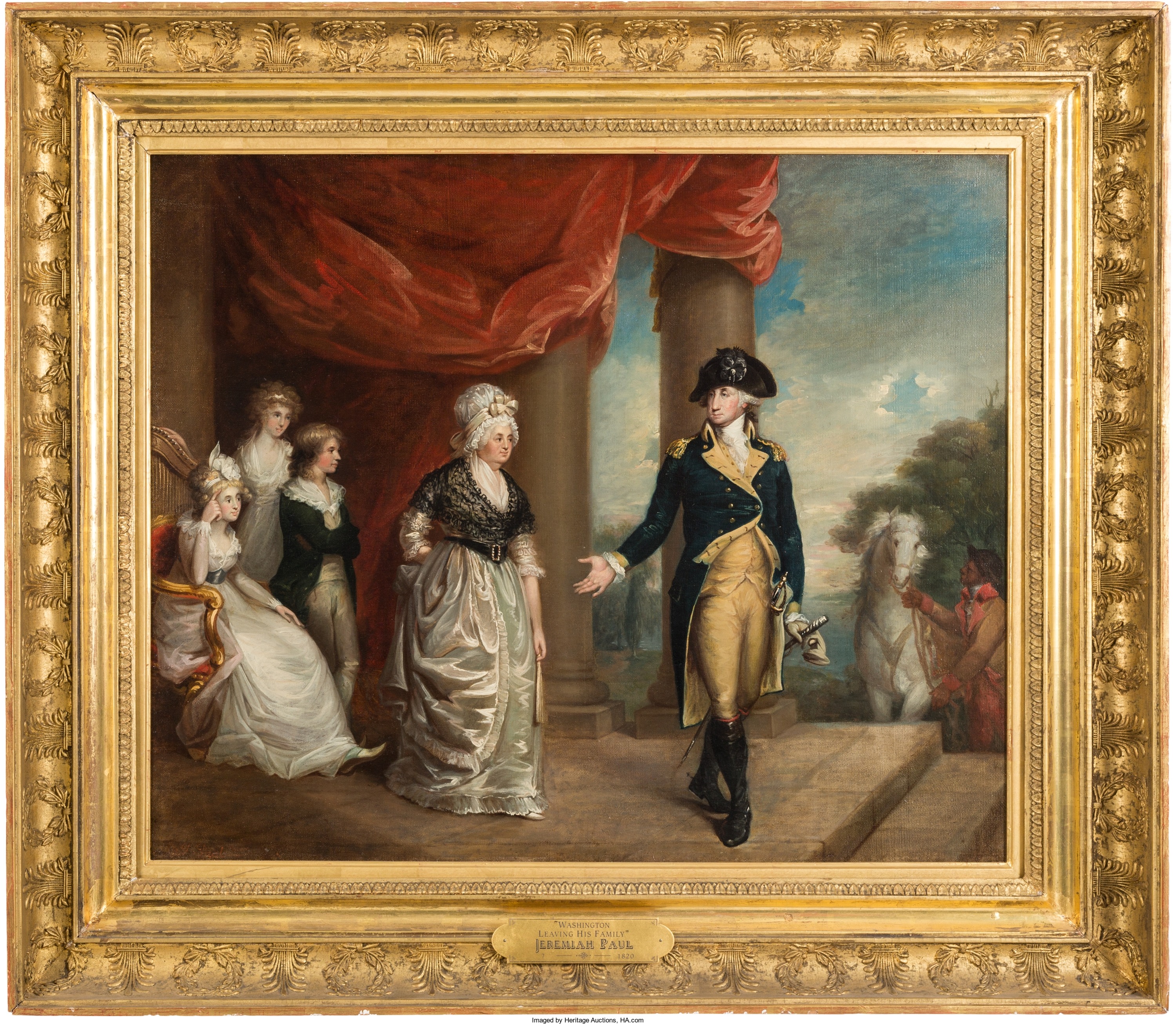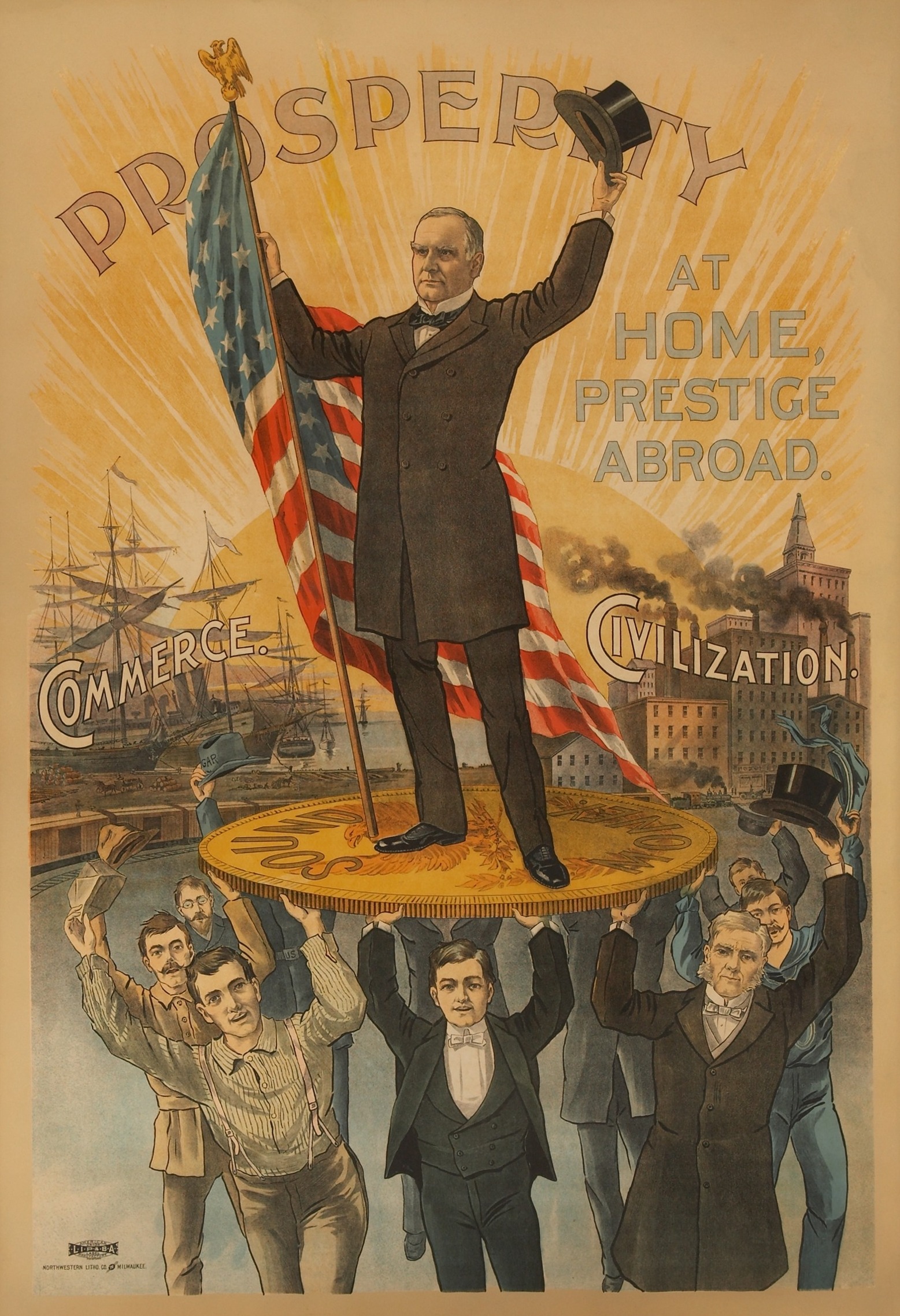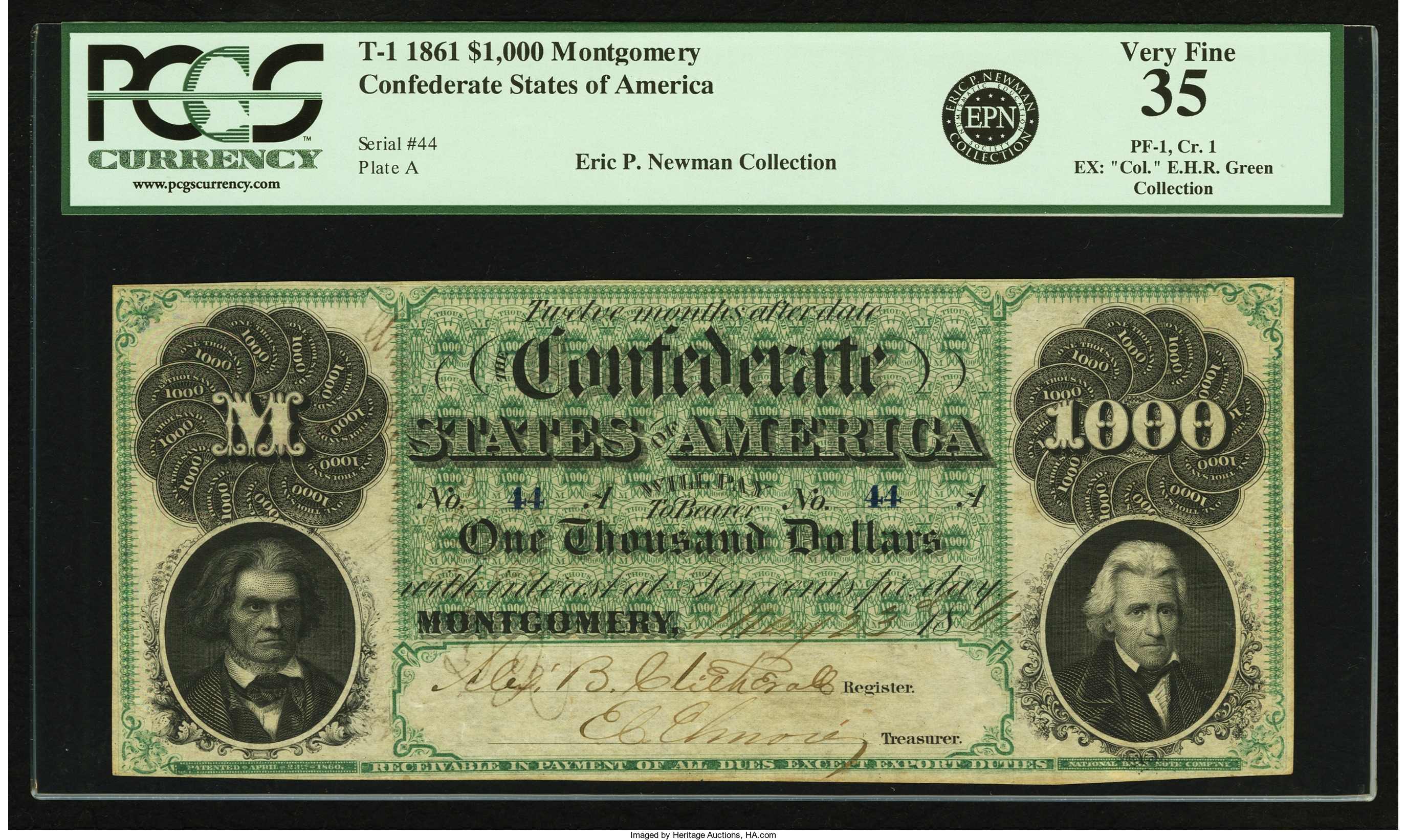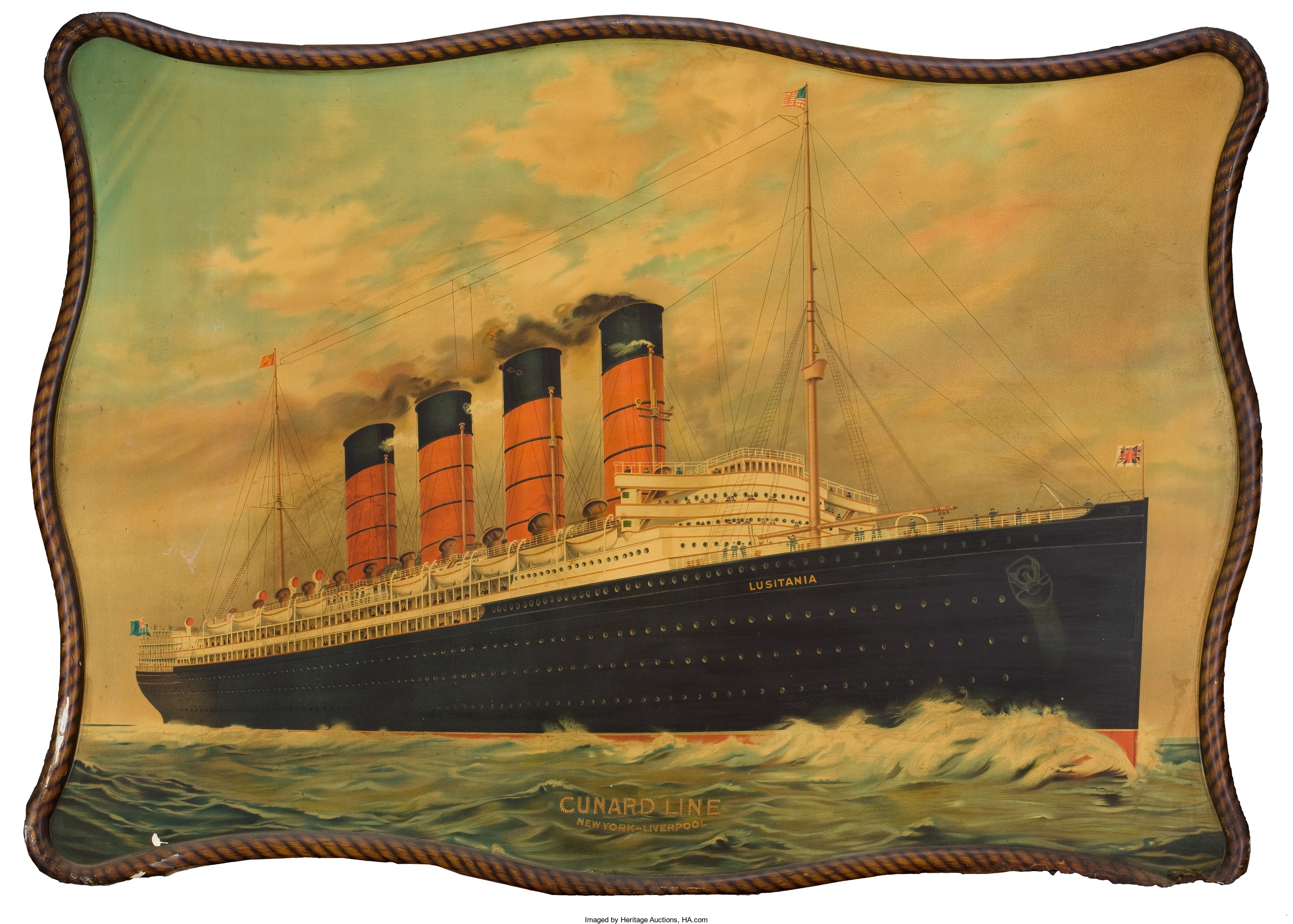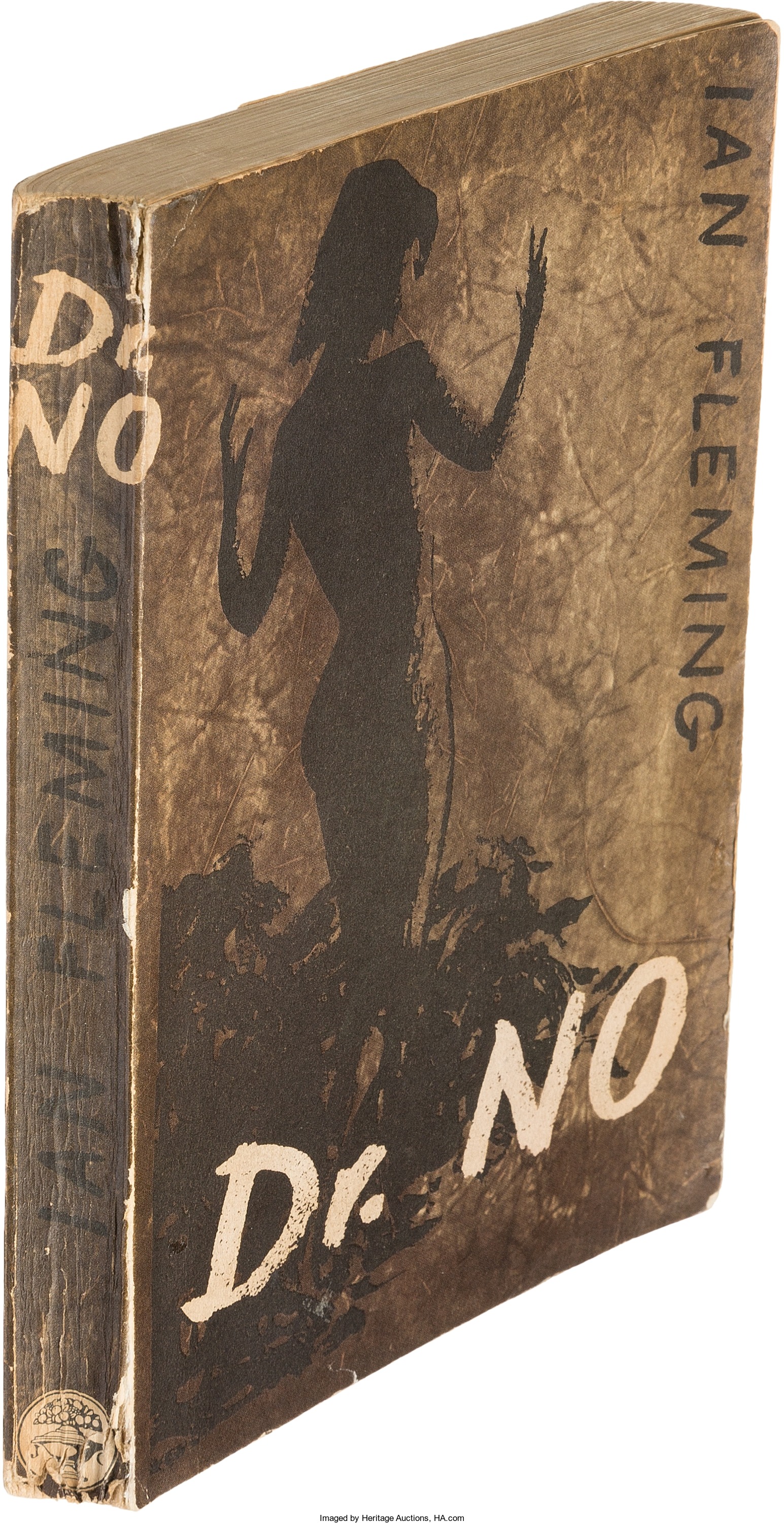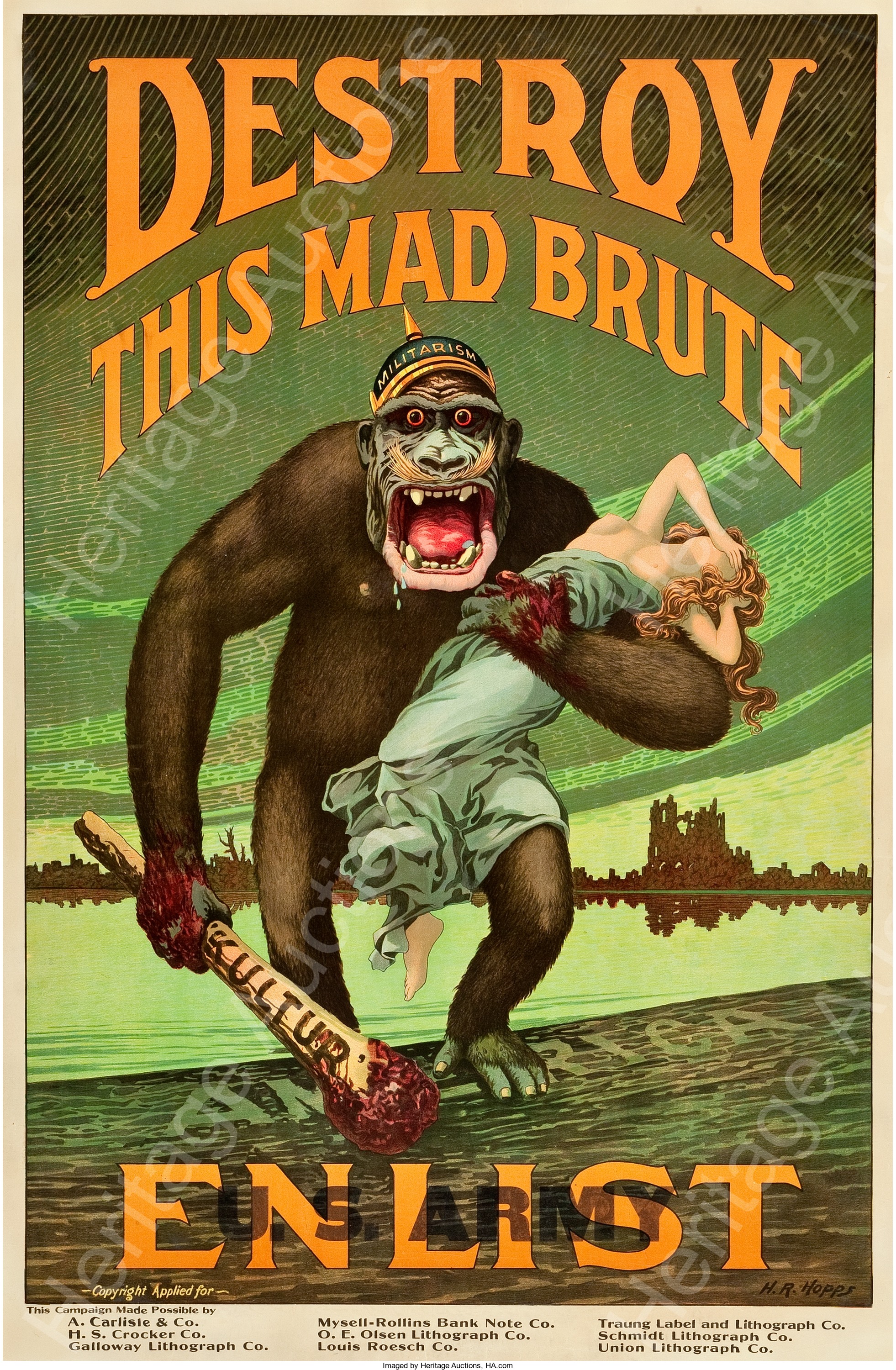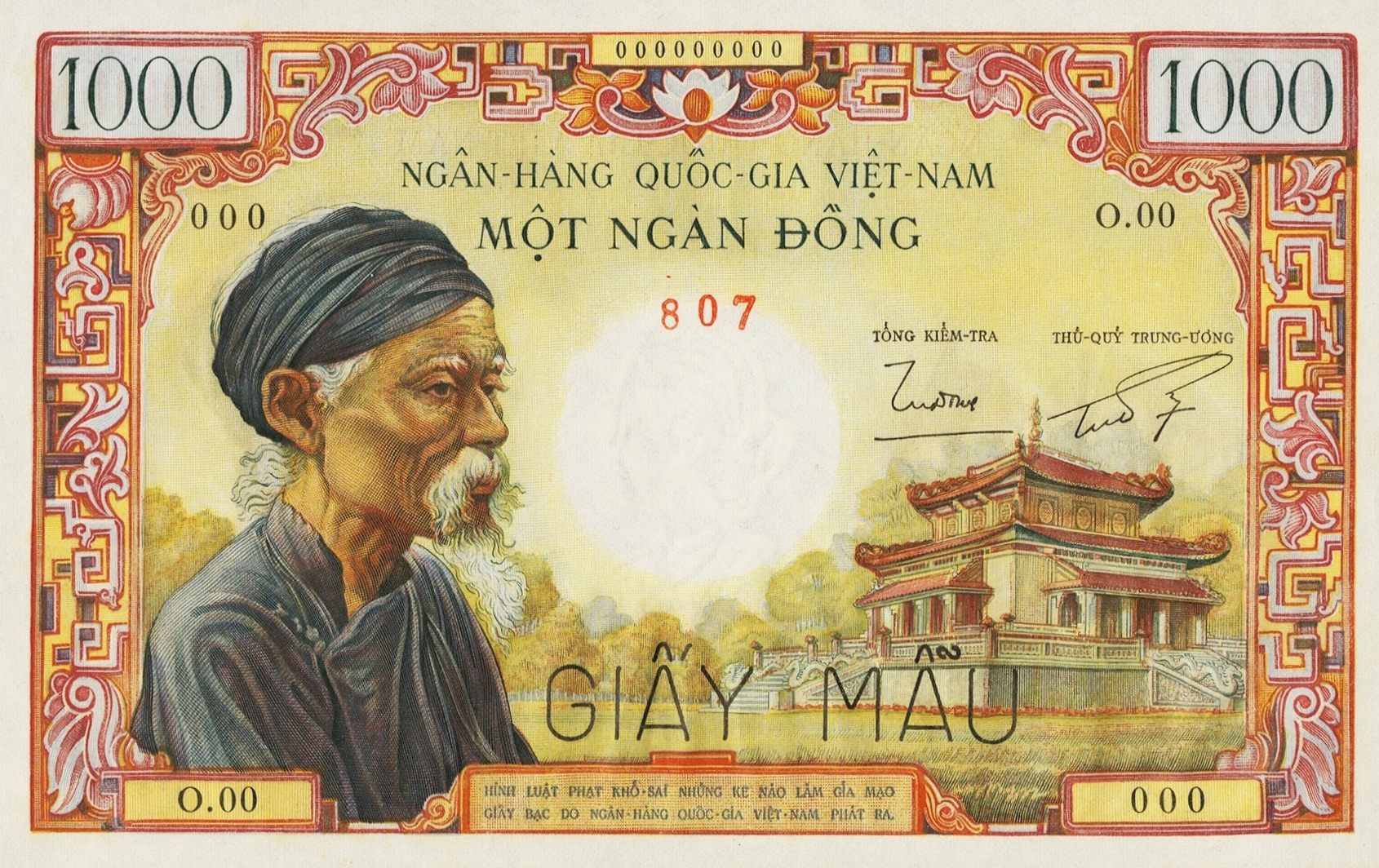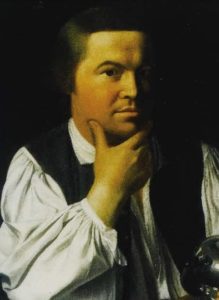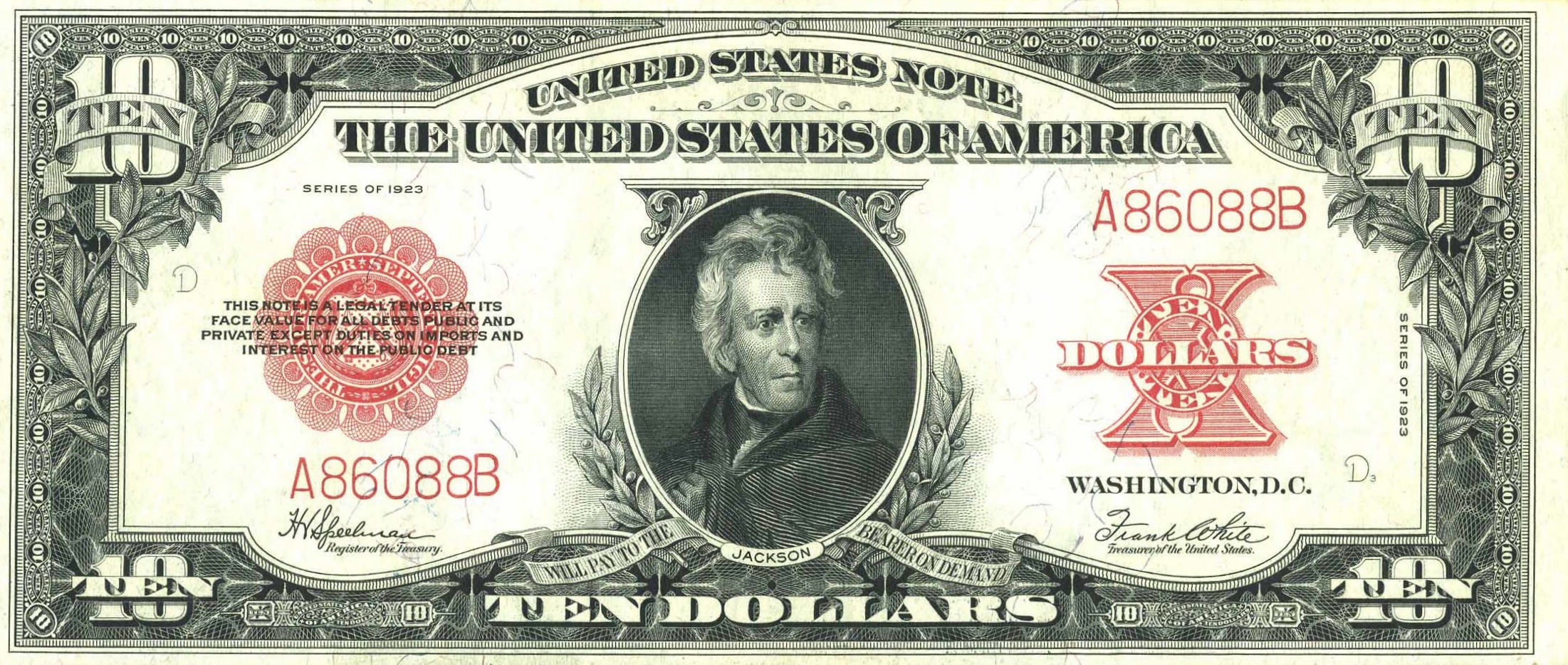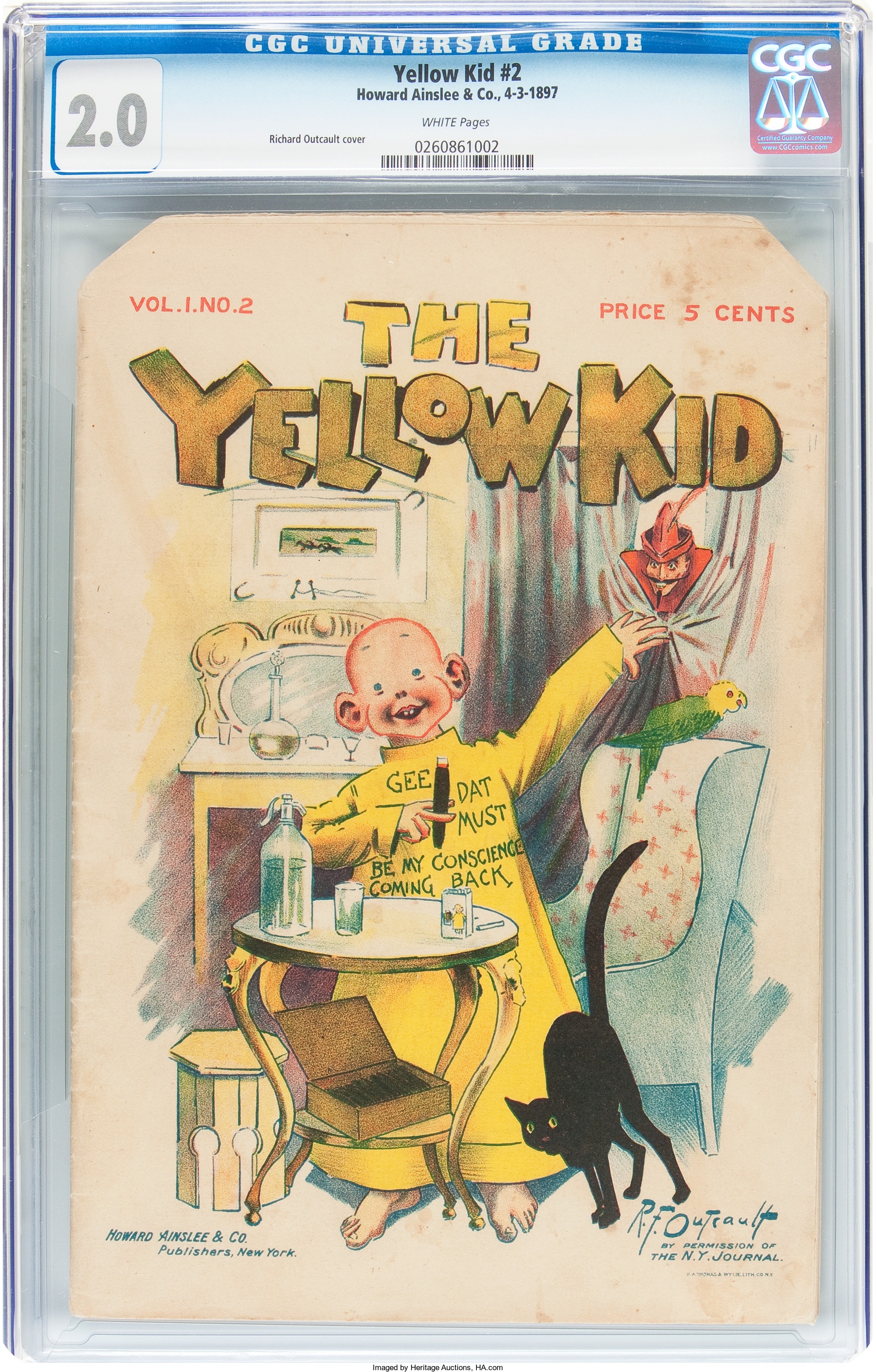
By Jim O’Neal
The first multi-page newspaper published in the British North American colonies was Publick Occurrences Both Forreign and Domestick, printed on Sept. 25, 1690 in Boston. After a single issue, it was suppressed because it was unlicensed and criticized public policy. The British tried to find and destroy every copy, but one is believed to be in the British Library.
Two centuries later, the newspaper industry was thriving. The 1880 census recorded 11,314 different papers and soon, the first circulations of a million copies were recorded. One of them was the New York Journal, which William Randolph Hearst purchased to have a presence in this important market. His first newspaper was The San Francisco Examiner, courtesy of his wealthy father.
William Randolph Hearst (1863-1951) became a powerful figure as he built a communications empire that included newspapers, magazines, radio stations and motion picture syndicates. He influenced both domestic and foreign policy and believed he had pressured the United States to free the Cuban people from Spanish colonization via the Spanish-American War. At one point, he owned eight newspapers in five of the largest cities, with a combined circulation of 3 million. Ultimately, this would grow to 28 newspapers.
In New York City, he enticed cartoonist Richard Outcault to join the New York Journal and this triggered a war with Joseph Pulitzer and his New York World. Outcault’s The Yellow Kid comic fueled a daily war of words as both newspapers featured bold headlines, fake stories and salacious comments about prominent individuals. Perhaps if the strip had been printed using purple ink, we may have adopted “purple journalism” as the pejorative for sleazy stories.
Hearst’s political career included two stints in the House of Representatives and failed bids for both senator and governor of New York. No doubt a run for the White House would have followed if he had been successful.
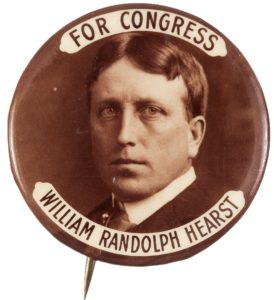
WRH also had an insatiable appetite to acquire. It extended to art objects, mansions and women. He owned at least eight houses, each stocked with priceless antiques and works of art. There were also warehouses filled with acquisitions from Europe. His favorite was Hearst Castle in San Simeon, just north of Santa Barbara, where he hosted parties with Hollywood stars and other important people. It is now an official U.S. National Historic Landmark.
Orson Welles’ movie Citizen Kane is a thinly veiled parody/drama of Hearst, his castle and other aspects of his life. Hearst had so much power he was able to drive it into a box-office failure and relative obscurity for over 20 years. However, by 1998, the American Film Institute ranked it No. 1 on the list of greatest movies … ever.
Hearst Castle is now a popular tourist attraction and open for paid tours all year. George Bernard Shaw once commented, “San Simeon was the place God would have built … if he had the money.”
 Intelligent Collector blogger JIM O’NEAL is an avid collector and history buff. He is President and CEO of Frito-Lay International [retired] and earlier served as Chairman and CEO of PepsiCo Restaurants International [KFC Pizza Hut and Taco Bell].
Intelligent Collector blogger JIM O’NEAL is an avid collector and history buff. He is President and CEO of Frito-Lay International [retired] and earlier served as Chairman and CEO of PepsiCo Restaurants International [KFC Pizza Hut and Taco Bell].

